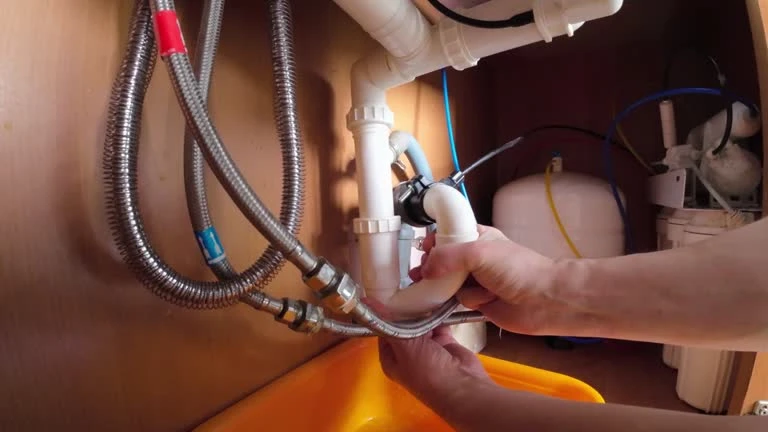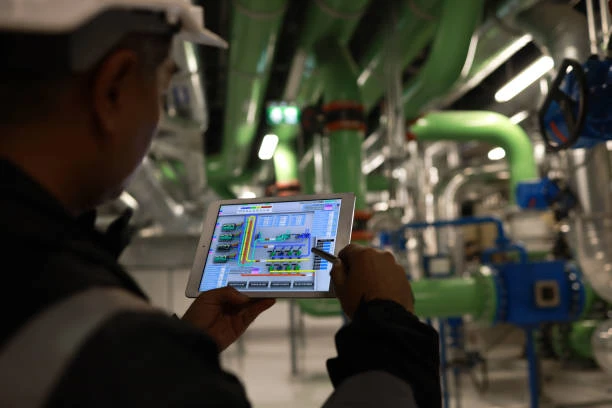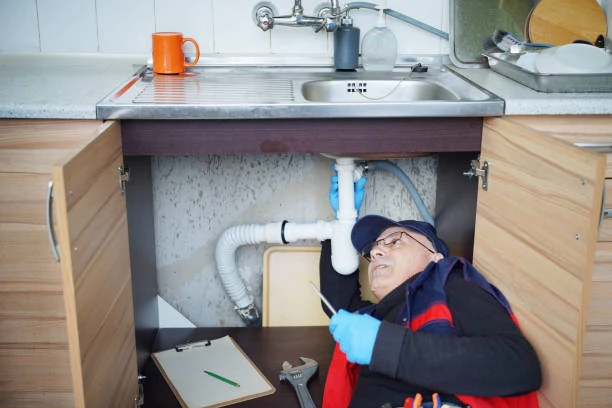1. Understanding PPR Pipe Advantages
PPR pipes offer several benefits, such as durability, chemical resistance, and thermal insulation. These advantages make them suitable for residential and industrial systems. Their lightweight design ensures easy installation, while high-pressure tolerance enhances performance. For instance, PPR pipes can handle both hot and cold water applications without deterioration. Recognizing PPR pipe advantages helps in developing effective maintenance strategies for long-lasting systems.
2. Conducting Regular Inspections
Frequent inspections identify potential problems early. Look for cracks, leaks, and discoloration along the pipe’s surface and fittings. Focus on high-stress areas such as joints and bends. PPR pipe advantages include their resistance to corrosion, but regular checks prevent wear caused by external forces. For example, a quick inspection every three months can reveal small leaks before they escalate. Regular monitoring ensures uninterrupted service and extends pipe lifespan.
3. Cleaning to Prevent Clogs and Build-Up
Debris and mineral deposits can reduce pipe efficiency. Periodic cleaning maintains the smooth internal surface, a notable PPR pipe advantage. Use mild, non-corrosive cleaning agents to avoid damaging the pipes. For example, a mixture of vinegar and warm water removes mineral buildup effectively. Flush the system thoroughly after cleaning to ensure complete removal of residues. Proper cleaning protects the system and maximizes water flow.
4. Managing Water Pressure Levels
Excessive water pressure causes stress on pipes, leading to wear. PPR pipe advantages include high-pressure tolerance, but maintaining recommended pressure levels ensures longer life. Use pressure gauges to monitor and adjust as needed. Install pressure-reducing valves to stabilize fluctuating levels. For instance, in high-rise buildings, pressure regulation prevents pipe damage and improves system performance. Proper pressure management ensures efficiency and reliability.
5. Protecting Pipes from External Damage
External factors such as UV rays, freezing, or impacts can weaken pipes. Insulating pipes during winter prevents freezing, a common issue in cold climates. Cover outdoor pipes to shield them from UV exposure. PPR pipe advantages include high resistance to external damage, but proactive measures add extra protection. For example, using protective sleeves for outdoor installations minimizes environmental wear. This practice safeguards your system from unnecessary damage.
6. Replacing Damaged Components Quickly
Damaged parts compromise the system’s efficiency. Replace cracked pipes, worn-out joints, or malfunctioning valves promptly. Use components with similar specifications to maintain the system’s integrity. PPR pipe advantages, like durability, rely on the use of high-quality replacement parts. For instance, replacing a cracked pipe section immediately prevents further leaks or system failures. Timely action ensures a smooth and efficient operation.
7. Following Manufacturer Recommendations
Always adhere to the manufacturer’s maintenance guidelines. These instructions align with PPR pipe advantages and ensure proper handling of the system. For example, manufacturers often suggest cleaning solutions, pressure limits, and installation techniques. Referring to these recommendations simplifies maintenance and prevents mistakes. Manufacturers also provide technical support if specific issues arise, helping you maintain optimal performance.
8. Training Maintenance Teams Effectively
An informed team performs better maintenance tasks. Train your staff on the unique PPR pipe advantages and proper handling techniques. Include topics like cleaning methods, inspection schedules, and pressure monitoring. For example, teaching workers to use pressure gauges effectively prevents pipe stress. A well-trained team reduces the risk of errors and ensures consistent performance in your piping system.
Efficient maintenance of PPR pipe systems relies on understanding their advantages and implementing effective strategies. Regular care, proper tools, and adherence to guidelines maximize system performance and durability.
IFAN Products international standards
IFAN products strictly adhere to a comprehensive range of international standards, encompassing ISO 15874, EN 15874, ASTM F2389, DIN 8077/8078, GB/T 18742, NBR 15884, ISO 15494, EN ISO 15494, GB/T 19472, NBR 15494, ASTM 2846 (501), DIN 8079/8080 (502), ASTM F441/F441M SCH80 (503), DIN (504), DIN (505), GB/T 18993, AS/NZS 1477, CSA B137.6, NSF/ANSI 14, TIS 17-2532/1131-2535, BS 3505, BS 4346 (801), ASTM D1785 SCH40 (802), ASTM D1785 SCH80 (803), DIN (804), GB (805), GB (806), GB(901), DWV(902), ASTM D2665 (903), along with ASTM D2241, D2665, D2729, and F441/F441M series, ISO 1452, EN ISO 1452, DIN 8061/8062, GB/T 10002, AS/NZS 1477, JIS K6741, CSA B137.3, and other national and industry norms.
Connect
IFAN is a Chinese manufacturer of plastic pipes, fittings and valves with 30 years of experience. If you are interest in IFAN copper fittings, copper valves, plastic pipes and fittings, please contact us. IFAN offers you a variety of standard pipes to meet your specific needs. Click below to learn more about IFAN’s wide range of affordable and cost-effective valve products and piping system related products.
We will reply your email or fax within 24 hours.
You can call us at any time if there is any question on our production.
For more information,pls visit our webside https://waterpipefitting.com/
Pls Mailto: [email protected]
Whatsapp: + 86 19857948982














Recent Comments